Wandering Waves- Artist's Personal Introduction
Ash Xu is a dynamic interactive artist who joined the Royal College of Art (RCA) in 2023, specialising in interdisciplinary design practice and technology. He's also an RSA Fellow based in the UK, specialising in pioneering and innovation in art, technology and social problem solving. Since 2020, Ash has served as a director of the Macau Cultural, Educational, and Artistic Exchange Association (MECA), playing a key role in fostering Macau’s cultural and artistic growth.
Ash’s practice delves into speculative and forward-thinking technologies, speculating their implications and possibilities. With the onset of the artificial intelligence revolution and the rise of digital art, Ash represents the new generation, blending innovation with critical reflection to inspire societal dialogue.
Ash's artistic research and exhibitions span the globe, for example, the ‘Sea·Brainwave·Isolation’, showcased at Milan Design Week 2024 and London Design Festival 2024, and the ‘Return Reality’, displayed at Fringe Arts Bath Festival 2025 and France Voyage dans l’Inconscient. The interactive work resonated with audiences worldwide, drawing acclaim for its ability to merge profound concepts with postdigital aesthetics.
Ash Xu’s work stands at the forefront of contemporary interactive art, transforming speculative critique into tangible experiences that motivate and inspire.
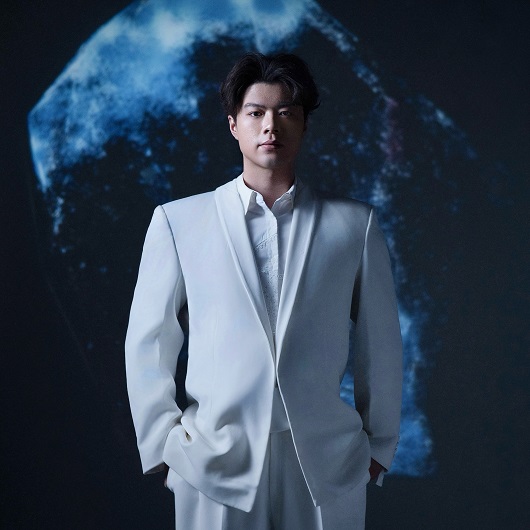
Wandering Waves- Work Introduction
The lapping of the waves to the shore signifies the end of the waves, and just as the limitations of the human mind exist boundaries, the work conveys the message that life is bound to nature. It urges the viewer to recognise that the boundaries between human thought and the natural world are mere cognitive contradictions, and to reflect on and contemplate the notion of a collective consciousness that permeates all forms of life. The result is a debate between the disconnect created by the indoctrination of human civilisation and the unholy symbiosis of nature. The work challenges traditional notions of separation and emphasises the fluidity of life and the harmonious symbiosis of nature.
The techniques used by the authors combine EEG and ECG devices and digital media. This synergy captures and visualises participants' brainwave and heart rate data in real time, translating abstract neural activity into a compelling visual narrative. Viewers are invited to embark on a speculative journey where nature and self-awareness intertwine.
Sea·Brainwave·Isolation
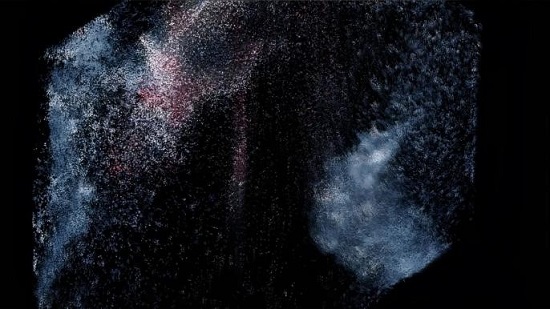
Return Reality
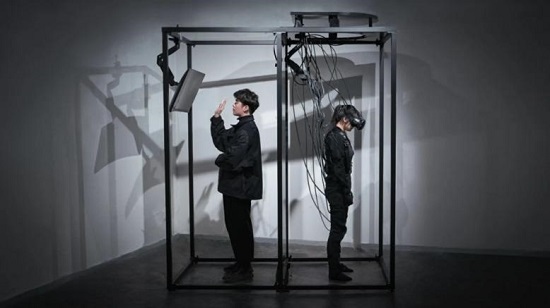
Autism, created by the spread of Internet technology, is a universal group phenomenon. Sociologist Shirley Turkle calls it ‘Alone Together’. As internet technology develops, there will be a corresponding problem of group illness, which is an unsolvable and ever-changing ‘wicked problem’.
The author tries to use artistic speculative thinking to raise this problem instead of solving the problem, and to change the audience's thinking mode and behavioural mode in the installation space. The author tries to incorporate experience design, referring to Randall Collins' “Interactive Ritual Chain Theory”, and creatively adds interactive experiences into the exposition work, so that the audience can think between the real and the virtual to feel the hypocrisy of virtual socializing, as well as real socialising, irreplaceable and authentic.
Cosmic in the Brain - Series
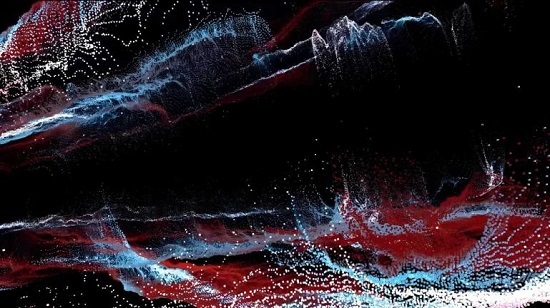
Cosmic in the Brain – Series is an experimental artistic practice that merges neuroscience technologies with generative art, aiming to translate the abstract processes of human thought into the creation, evolution, and integration of stars within a virtual cosmos via Brain-Computer Interface (BCI) technology. Upon wearing EEG-based neural sensors, participants’ real-time brain activity is captured and transformed into visual parameters that drive a self-organizing digital universe simulation engine. The morphology, trajectories, spectral qualities, and eventual decay of the celestial bodies are all direct visualizations of the participant’s emotional states, meditative fluctuation, and cognitive rhythms.
The artist incorporates a dynamic neurofeedback mechanism into the work, enabling the viewer’s brain states to form a continuous, real-time visual feedback loop. This not only enhances the immersive experience but also poses a central philosophical question: when we gaze into the cosmos, are we simultaneously observing the depths of our own minds? Or rather, is our conception of the universe itself a structured illusion—an elaborate projection of consciousness?
Lonely Aged Planet
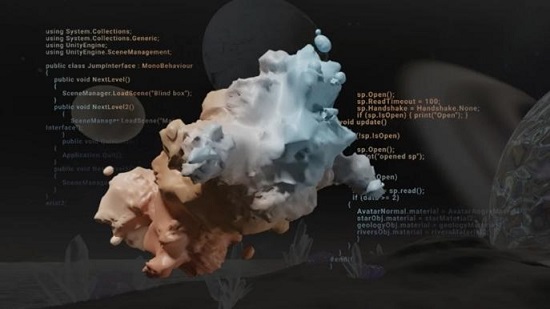
Autism is spreading in China's elderly population, which accounts for more than 24.5% of the population. Elderly people in Chinese society are often poor at expressing their emotions, leading to serious health challenges for such group.
Research suggests that the Internet and metaverse media can be effective in alleviating loneliness in older adults. The authors use brainwave interactions (EEG) to express the emotions of elderly people, using ‘Avatars’ to express emotional changes in the metaverse. Authors use to express the emotions and crises of the lonely elderly and to explore opportunities for patients to connect with the outside community. It is a metaverse art practice for elderly seniors.
Entropy
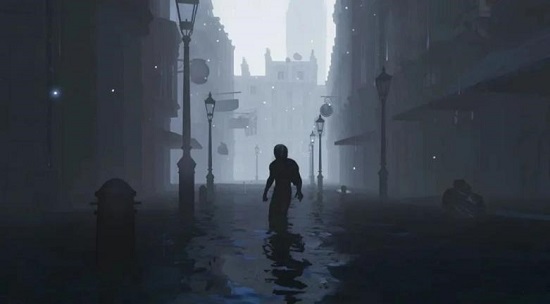
The game assumes a futuristic area of London where a flood has struck, causing rubbish to spread and wreak havoc, leaving the city in shambles. The player needs to destroy or recycle the rubbish according to the different types of rubbish and thus solve the crisis. In this catastrophic speculative worldview. The audience will be engaged and reflect on the symbiosis and potential crisis between the ocean and humans, and the need to sort waste.
NUXA
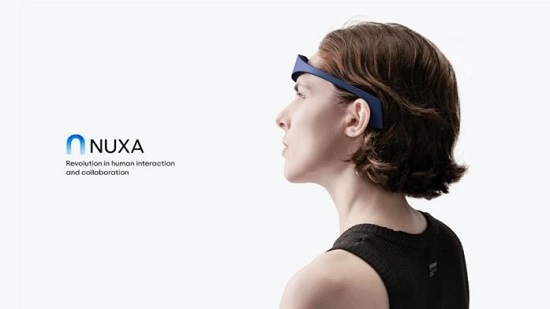
Nuxa aims to drive a revolution in human interaction and collaboration. Users use brain signals to correct AI image creation as a way to create an intuitive mode of interaction to cope with the errors and incomprehensibility generated by AI.
Developed in collaboration with the world's leading neuroengineers and AI scientists, the project innovates in closed-loop AI image generation software by using EEG-measured Error-Related Potentials (ErrPs) to sense errors in the workings of the AI image generation software and allow the AI to iterate on the choices given by the brain.
The project's innovative exploration opens up new possibilities for intuitive BCI interaction applications. And it redefines the role of the creator in AI collaborative work.
EEG pulsation
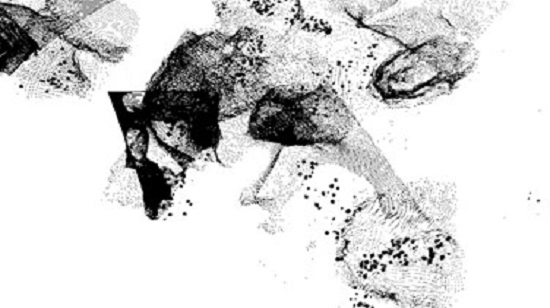
How do our brain waves travel through virtual worlds? Or how do we observe our mental world? EEG pulsation makes a speculative exploration, the author uses the human brain's attentional data to present a poetic visualisation of our brain's set and control of the virtual world in a Chinese ink and wash.
Phenomenon of Firecracks
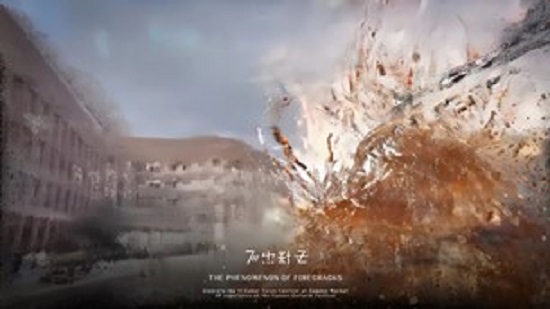
The Phenomenon of Firecracks reimagines the ancient Torch Festival, a significant event for the ethnic minorities in Yunnan, China. By transforming age-old traditions into immersive AR experiences, they are helping to ensure that cultural practices, like the Torch Festival, continue to inspire and unite people from different walks of life, transcending borders and generations.
Robotic Arm of Chaos

Robotic Arm of Chaos is an interactive installation that investigates the boundary between human and machine relations. It seeks to build a bridge between pure mechanical operation and embodied perception, questioning whether the human body can approach and engage with the "chaos" inherent in technological systems, and whether such proximity can give rise to a non-adversarial network of relations. When the mechanical appears to possess emotion, where order emerges not as a passive reaction, the work confronts us with a fundamental question: how should we, as humans, respond to and coexist with such entities?
In its default state, it is a static machine, and as it observes the humans around it, the device is driven by an inbuilt system that swings the arm in a slow and rhythmic rotation, simulating a sense of order that resonates with the human machine. As humans approach, the system senses the presence of living beings and exhibits unpredictable, irregular rotational movements, symbolising the chaos and alienation of the machine system as a whole.